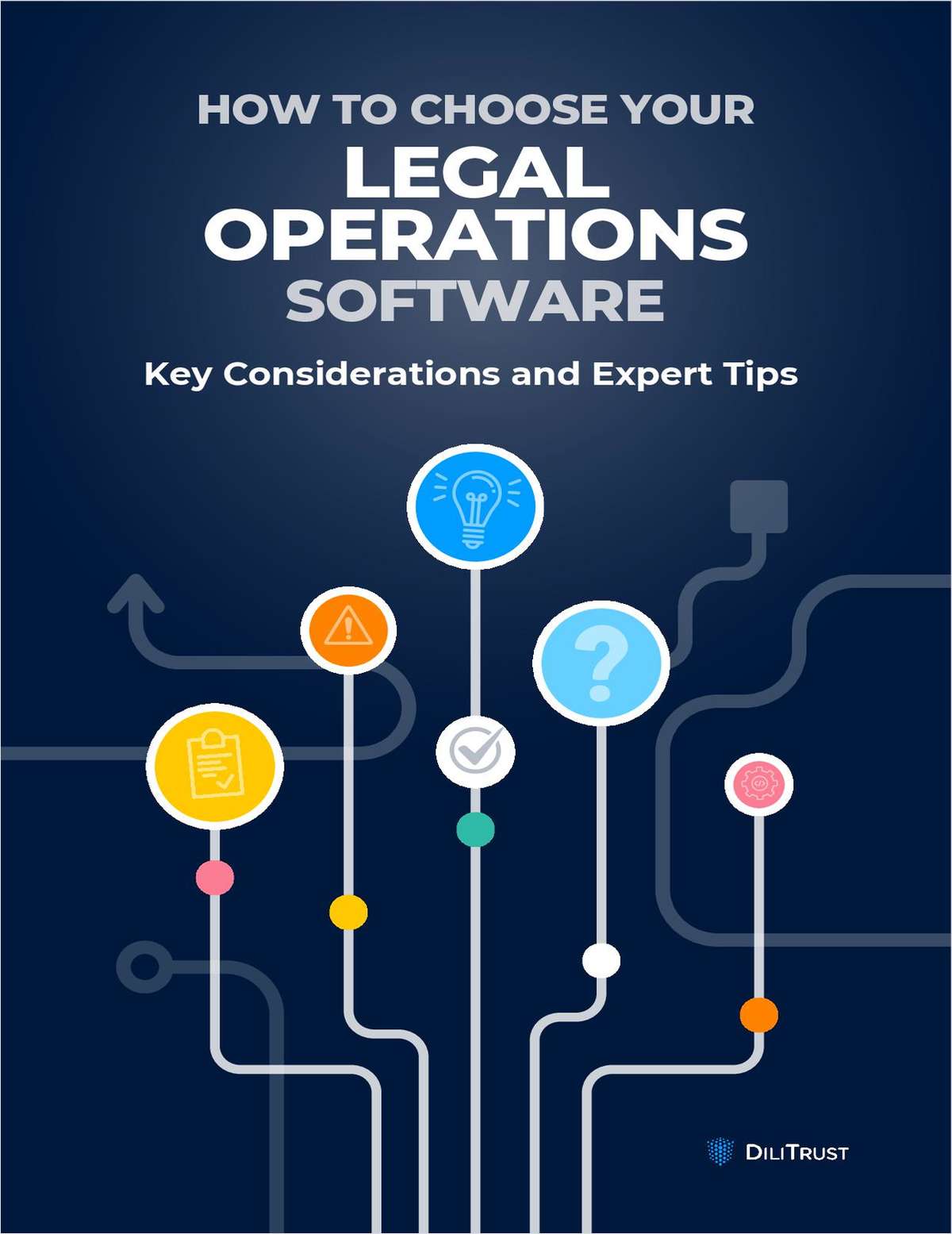Recent Rulings on 'Embedding' Foreshadow Circuit Split: What Does That Mean For Content Use Now?
When and how can you display someone else's visual content on your website without running afoul of copyright law? When and how can someone else display your visual content? A recent ruling out of the Southern District of New York may upend the current paradigm.
December 20, 2021 at 02:05 PM
17 minute read
When and how can you display someone else's visual content on your website without running afoul of copyright law? When and how can someone else display your visual content? A recent ruling out of the Southern District of New York, Opinion & Order, Nicklen v. Sinclair Broadcast Group, Inc., No. 1:20-cv-10300 (S.D.N.Y. Jul. 30, 2021), may upend the current paradigm.
In Nicklen, a wildlife photographer and videographer posted original footage of a starving polar bear to his Instagram and Facebook accounts, highlighting the impact of global warming. The video went viral. Defendants, a news outlet and publishing group, posted the video in full on their websites. In posting the video, they did not copy the video and stream it from their servers. Instead, defendants posted Hyper Test Markup Language (HTML) that directed web browsers to retrieve the video from the social media servers for viewing on the defendants' websites. This is known as "embedding." It links to the original post without storing the work on a server or creating a copy of it. The video of the polar bear appeared within the body of the defendants' article even when a reader took no action to retrieve the video or navigate to Nicklen's social media accounts, and even when a reader did not have a Facebook or Instagram account. Nicklen brought suit claiming that this violated his exclusive reproduction, distribution and display rights under the Copyright Act.
This content has been archived. It is available through our partners, LexisNexis® and Bloomberg Law.
To view this content, please continue to their sites.
Not a Lexis Subscriber?
Subscribe Now
Not a Bloomberg Law Subscriber?
Subscribe Now
NOT FOR REPRINT
© 2024 ALM Global, LLC, All Rights Reserved. Request academic re-use from www.copyright.com. All other uses, submit a request to [email protected]. For more information visit Asset & Logo Licensing.
You Might Like
View All
'Rampant Piracy': US Record Labels File Copyright Suit Against French Distributor Believe
5 minute read
Keker Secures Defense Win for EDA Software Company Real Intent in Synopsys Copyright Infringement Case

Saying 'No Answer Is Required' Is Insufficient Under Fed Rules of Civil Procedure, Court Says in Novel Ruling

Film Company Alleges Elon Musk, Tesla Used AI to Mimic 'Blade Runner' Scene
6 minute readLaw Firms Mentioned
Trending Stories
Who Got The Work
Michael G. Bongiorno, Andrew Scott Dulberg and Elizabeth E. Driscoll from Wilmer Cutler Pickering Hale and Dorr have stepped in to represent Symbotic Inc., an A.I.-enabled technology platform that focuses on increasing supply chain efficiency, and other defendants in a pending shareholder derivative lawsuit. The case, filed Oct. 2 in Massachusetts District Court by the Brown Law Firm on behalf of Stephen Austen, accuses certain officers and directors of misleading investors in regard to Symbotic's potential for margin growth by failing to disclose that the company was not equipped to timely deploy its systems or manage expenses through project delays. The case, assigned to U.S. District Judge Nathaniel M. Gorton, is 1:24-cv-12522, Austen v. Cohen et al.
Who Got The Work
Edmund Polubinski and Marie Killmond of Davis Polk & Wardwell have entered appearances for data platform software development company MongoDB and other defendants in a pending shareholder derivative lawsuit. The action, filed Oct. 7 in New York Southern District Court by the Brown Law Firm, accuses the company's directors and/or officers of falsely expressing confidence in the company’s restructuring of its sales incentive plan and downplaying the severity of decreases in its upfront commitments. The case is 1:24-cv-07594, Roy v. Ittycheria et al.
Who Got The Work
Amy O. Bruchs and Kurt F. Ellison of Michael Best & Friedrich have entered appearances for Epic Systems Corp. in a pending employment discrimination lawsuit. The suit was filed Sept. 7 in Wisconsin Western District Court by Levine Eisberner LLC and Siri & Glimstad on behalf of a project manager who claims that he was wrongfully terminated after applying for a religious exemption to the defendant's COVID-19 vaccine mandate. The case, assigned to U.S. Magistrate Judge Anita Marie Boor, is 3:24-cv-00630, Secker, Nathan v. Epic Systems Corporation.
Who Got The Work
David X. Sullivan, Thomas J. Finn and Gregory A. Hall from McCarter & English have entered appearances for Sunrun Installation Services in a pending civil rights lawsuit. The complaint was filed Sept. 4 in Connecticut District Court by attorney Robert M. Berke on behalf of former employee George Edward Steins, who was arrested and charged with employing an unregistered home improvement salesperson. The complaint alleges that had Sunrun informed the Connecticut Department of Consumer Protection that the plaintiff's employment had ended in 2017 and that he no longer held Sunrun's home improvement contractor license, he would not have been hit with charges, which were dismissed in May 2024. The case, assigned to U.S. District Judge Jeffrey A. Meyer, is 3:24-cv-01423, Steins v. Sunrun, Inc. et al.
Who Got The Work
Greenberg Traurig shareholder Joshua L. Raskin has entered an appearance for boohoo.com UK Ltd. in a pending patent infringement lawsuit. The suit, filed Sept. 3 in Texas Eastern District Court by Rozier Hardt McDonough on behalf of Alto Dynamics, asserts five patents related to an online shopping platform. The case, assigned to U.S. District Judge Rodney Gilstrap, is 2:24-cv-00719, Alto Dynamics, LLC v. boohoo.com UK Limited.
Featured Firms
Law Offices of Gary Martin Hays & Associates, P.C.
(470) 294-1674
Law Offices of Mark E. Salomone
(857) 444-6468
Smith & Hassler
(713) 739-1250









